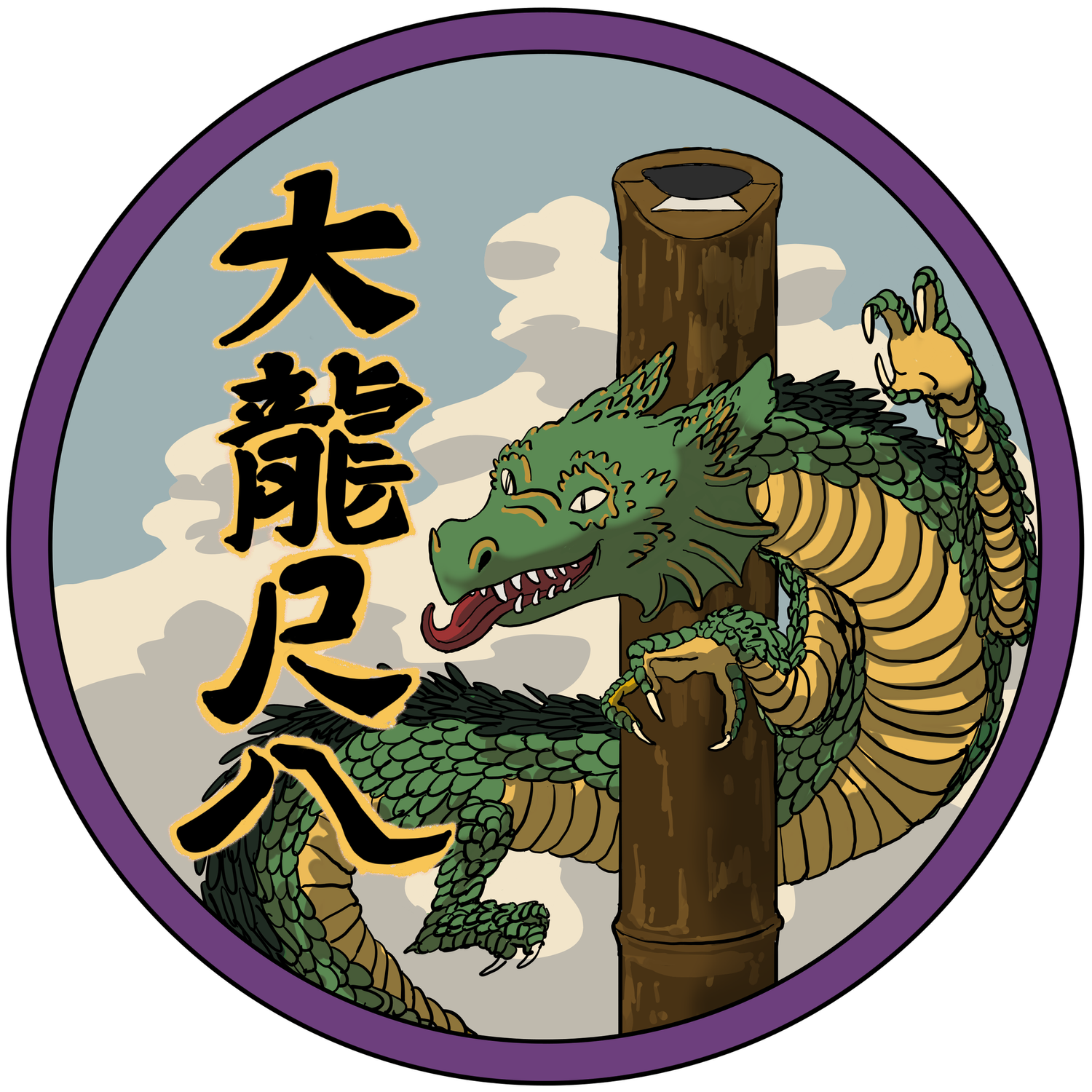Why Are My Lips Quivering When I Play?
Quivering, shaking, trembling lips on shakuhachi comes up a lot. And man isn’t it annoying? No, scratch that, really annoying.. So, what can we do about it?
For Shakuhachi players, shaking, trembling, or quivering lips usually happens because of nerves or beging generally a tense player. The more tension that is held in the face causing the player to expereience fatigue. Stretching the lips and tightening the embouchure is no good and this also may cause the shaky lip syndrome.
From my experience teaching, most players assume that the air stream is the only thing that forms tone. However, many parts of the body play a vital role in producing a good sound. So here are a few thoughts.
Lower Vs Upper Lip.
Many shakuhachi students believe that the upper lip is the key player for good tone production. On the contrary, it is actually the bottom lip that is the key player. I tell my students often to blow against the bottom lip. This is a strange feeling at first but here is how I understand it. The upper lip has less airy sounds and less core. Core is the body of the sound and it takes a lot of tension and muscle power to get it from the upper lip alone (curling lips). Using the lower lip, you actually do the opposite. The lower lip is relaxed and sits slightly inside the shakuhachi. From here, having no excessive tension should help solve some of those unwanted shakes. I would like to note that this more of a feeling than anything else. You may find it difficult if you have previously been using your upper lip. So, give it some time to adjust.
Tongue Positioning
Another curious thing that has been brought to my attention from teaching my students is where one places the tongue in the mouth. One student, in particular, is a semi-pro Quena player. The tongue for his instrument is actually set between the lower lip and the bottom teeth. For Shakuhachi, this hinders sound, tone, and so much more. In my experience, when playing a straight non-colored tone (not muraiki or breathy) the tongue should lay flat in the mouth as if you were saying the sound “ah.”
Cheeks
Cheek muscles that are working to close the mouth or pulling the lips back from ear to ear are also a big cause of the shaky lips. Continuing the idea of “ah” the cheeks should have a limited role in sound production. The way I teach making a sound on shakuhachi is the following sounds. Ha to U. Ha is an open sound with the face and lips relaxed. U helps to shoot the air against the lower lip. Try that out and let me know how it works or doesn’t!
Age
One of the unfortunate reasons trembling lips happen is mature aging. From doing my own research and talking with my flutist friends they have noticed that their elderly students tend to have or are prone to the quivers. From other resources, many flute teachers believe that this is from not playing from a young age and therefore the muscles in the face were not developed with playing shakuhachi/flute in mind. I along with others, am a bit more optimistic and I believe that is purely a tension issue.
Robuki for 10, Thanks for reading.
with warmest regards,
Shawn Renzoh Head
I would like to thank a flutist for a post which inspired a lot of the transition over to shakuhachi.
Rebecca Fuller Trembling Lips On Flute - Learn Flute Online: Flute Lessons for Learning Beautifully and Fast.

